The production process of carbon fiber tubes involves several steps that transform carbon fibers into strong and lightweight composite tubes. Here’s an overview of the typical production process:
- Material Selection and Preprocessing: The process starts with selecting the appropriate carbon fibers. These fibers are usually made from polymer precursors like polyacrylonitrile (PAN) or pitch. The selected fibers are then treated to remove impurities and convert them into carbon-rich materials.
- Fiber Layup: In this step, the carbon fibers are arranged in a specific pattern known as the layup. The layup can be unidirectional, where all fibers are aligned in a single direction, or it can be multidirectional for added strength and stiffness. The choice of layup pattern depends on the desired mechanical properties of the final tube.
- Resin Impregnation: The carbon fiber preform (arranged fibers) is impregnated with a thermosetting resin. The resin helps bond the carbon fibers together and provides additional strength. Epoxy resin is commonly used due to its excellent adhesive properties and compatibility with carbon fibers.
- Molding and Curing: The impregnated preform is then placed in a mold, which determines the final shape and dimensions of the tube. The mold is often coated with a release agent to prevent sticking. The entire assembly is then subjected to heat and pressure to cure the resin. The curing process transforms the resin from a liquid to a solid, creating a strong composite material.
- Heat Treatment (Optional): Depending on the desired mechanical properties, the cured tube may undergo a post-curing heat treatment process. This can further enhance the tube’s strength and stiffness.
- Surface Finish and Trimming: After curing, the tube is removed from the mold and may undergo additional finishing processes. These processes include trimming excess material, sanding, and polishing to achieve the desired surface finish.
- Quality Control and Testing: The finished carbon fiber tubes undergo rigorous quality control and testing to ensure they meet the required specifications and standards. Various tests, such as visual inspection, non-destructive testing, and mechanical testing, are performed to assess factors like strength, stiffness, and dimensional accuracy.
- Final Assembly (if applicable): Carbon fiber tubes are often used as components in larger structures or products. In such cases, they may undergo additional assembly processes to integrate them into the final product.
Carbon fiber tubes, as the basic carbon fiber products, are currently used in many structural parts. Compared with traditional tubes, carbon fiber tubes show excellent properties such as light weight, high strength and corrosion resistance, and gradually replace traditional tubes. As you know, carbon fiber tubes How is the tube produced? Commonly used carbon fiber tubes include pultrusion and roll forming. Let’s take a look at this article.
Pultrusion Process
The pultrusion process is a continuous production method of composite material profiles. It is an automatic production process of pultrusion products formed by forming a molding die with a cross-sectional shape, and making it solidified and formed in the die and continuously ejected from the die.
Pultrusion dies are expensive and generally limited to producing constant cross-section products.
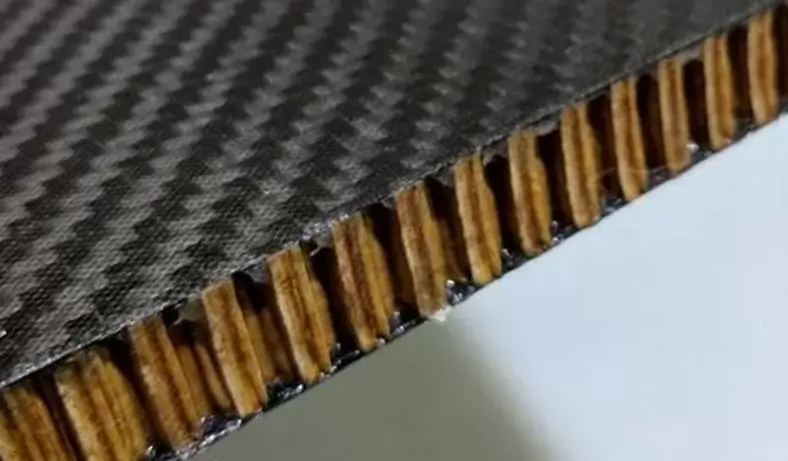
Coil Forming Process
cut the carbon fiber prepreg according to the specifications of the required pipe and select a suitable inner core mold, apply a release agent on the surface of the mold, and then use the hot pressing of the prepreg to make the prepreg. The prepreg is softened so that it can be rolled onto the mold evenly and tightly. When all the prepregs are rolled, the surface is covered with a layer of OPP, and finally sent to the oven for curing at high temperature.
China Be-cu Prototype Material Technology Co., Ltd. has advanced production lines for fiber reinforced composite material sheets, pipes, molding, autoclave, CNC machining, etc., and is equipped with standardized production workshops such as 10,000-level clean rooms. Production provides the perfect foundation.
It’s important to note that the specifics of the production process can vary based on factors such as the intended application of the carbon fiber tubes, the manufacturing technology used, and the desired properties of the final product. Additionally, advancements in technology may lead to variations in the process over time.
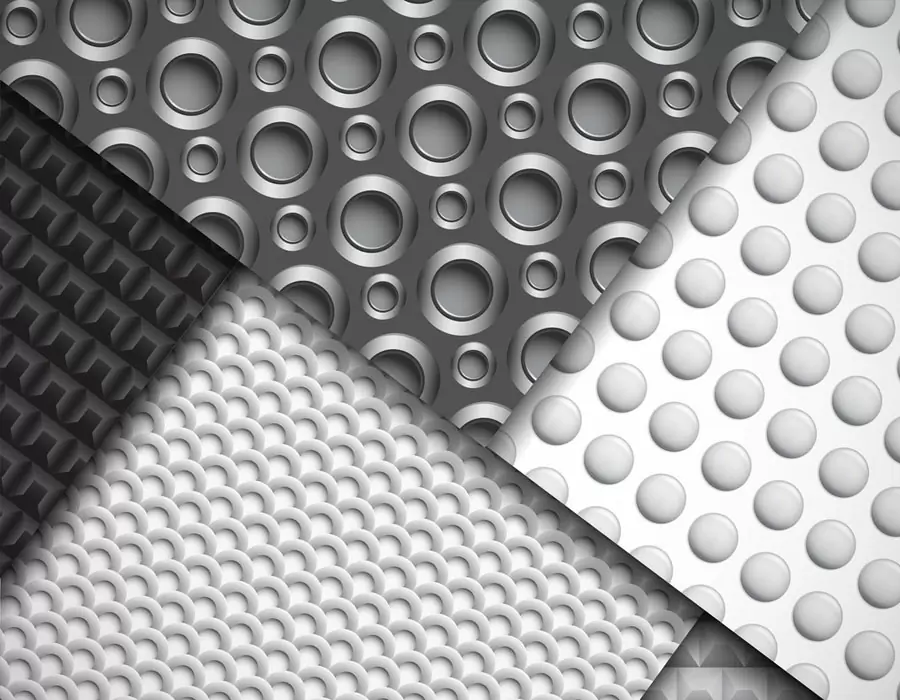
ISO 9001 certified. BE-CU Prototype Offering CNC machining carbon fiber and other manufacturing services for carbon fiber marterial. Various capabilities include notching, labeling, drilling carbon fiber, grinding, laser cutting carbon fiber, finishing, plating, marking, CNC milling carbon fiber and turning carbon fiber.We stock high quality 3k carbon fiber sheet in a variety of thickness, types and finish. Its a great material used in applications where light weight and strength are needed such as drones. Unlike other workshops, we have no min order and are often filling orders with a single part. We also don’t make you pay for the full sheet and you only get charged for what is used. With a large selection of material, you should find everything you need to make your project come to life. We are also able to handle larger production runs and provide a competitive pricing. If we don’t have the material or finish you require, we are more the willing to look at bringing it in for you.
What Is Carbon Fiber?Carbon fiber is made of polyacrylonitrile (PAN) (or pitch, viscose) and other organic fibers by carbonization (removal of most elements except carbon) by pyrolysis method under inert gas at high temperature above 1,000 °C. Inorganic polymer fibers with a carbon content of more than 90%.
-

3D Printing Continuous Fibres
-

3D Printing Short Fibre Filled Wires
-
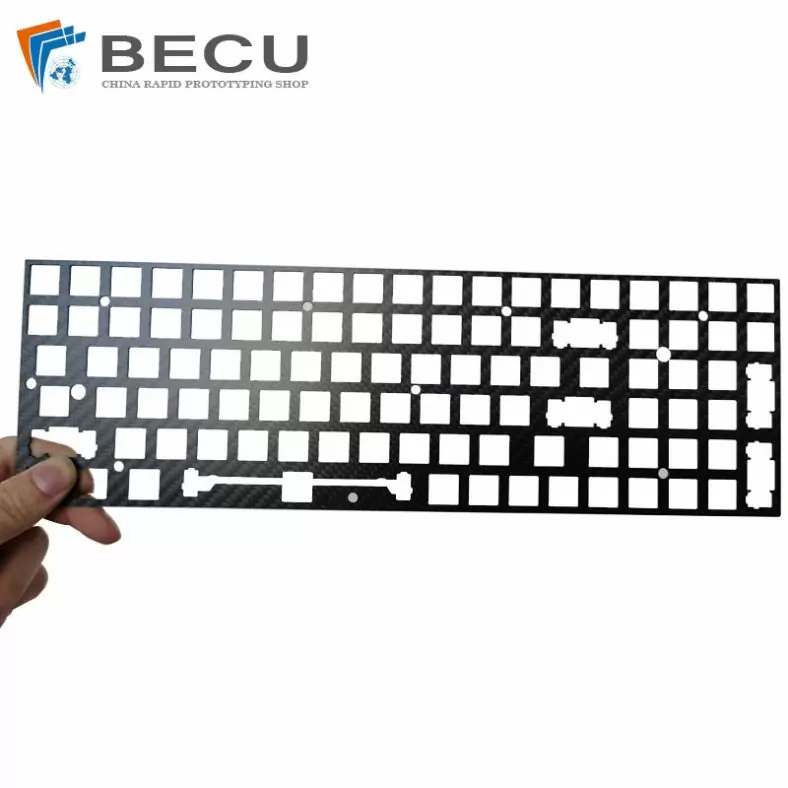
Laser Cutting Carbon Fiber Positioning Keyboard
-

Cnc Turning Industrial Copper-Aluminum Clad Carbon Fiber Machinery Parts
-
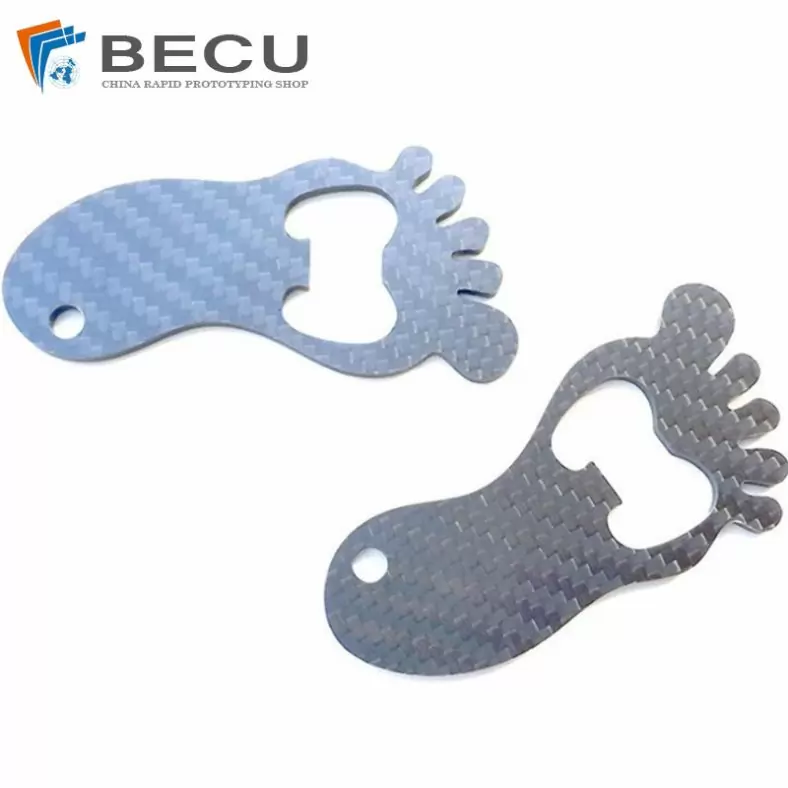
Carbon Fiber Luggage Tag Ornaments
-
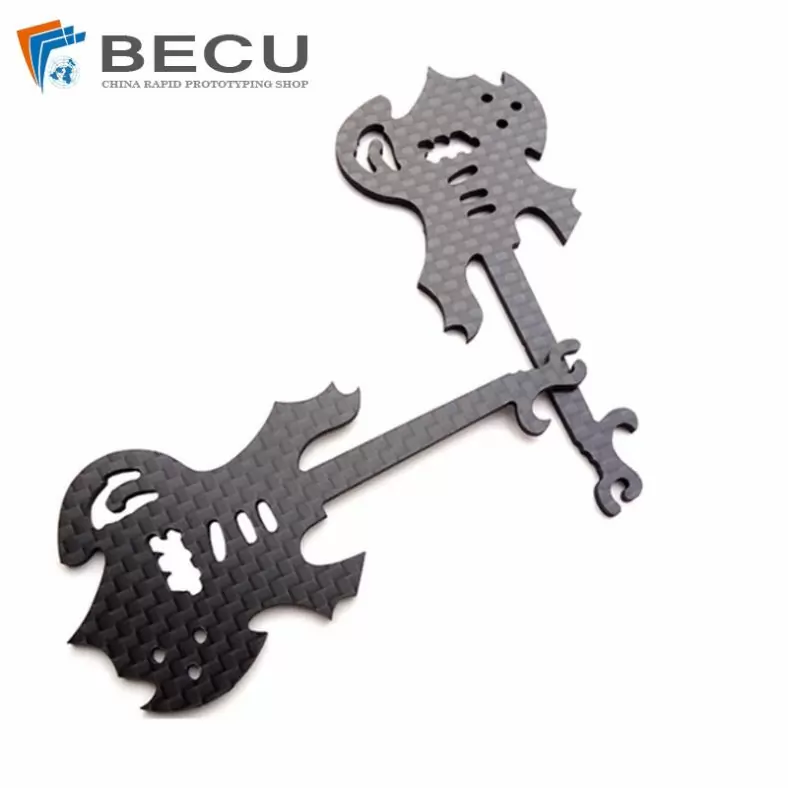
Laser Cutting Carbon Fiber Guitar Shape Crafts
-
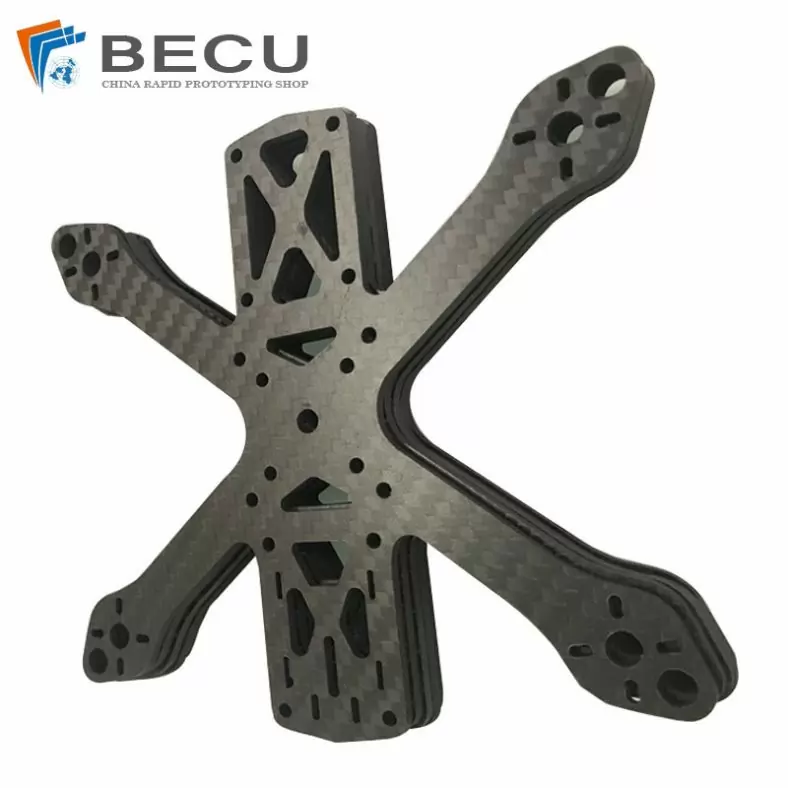
Laser Cutting Carbon Fiber Drone Rack
-
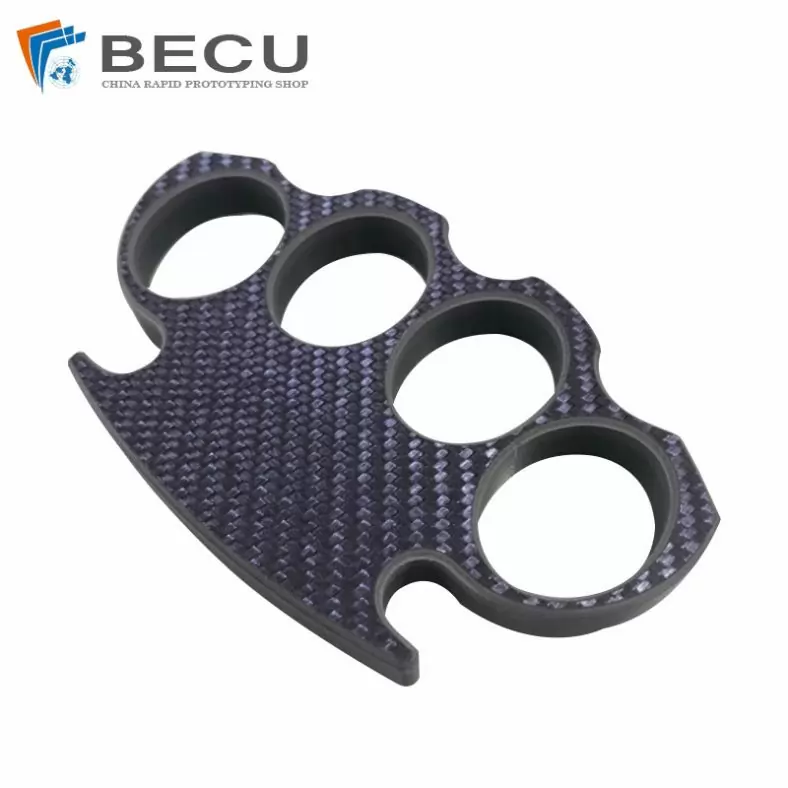
Cnc Milling Carbon Fiber Finger Buckle
